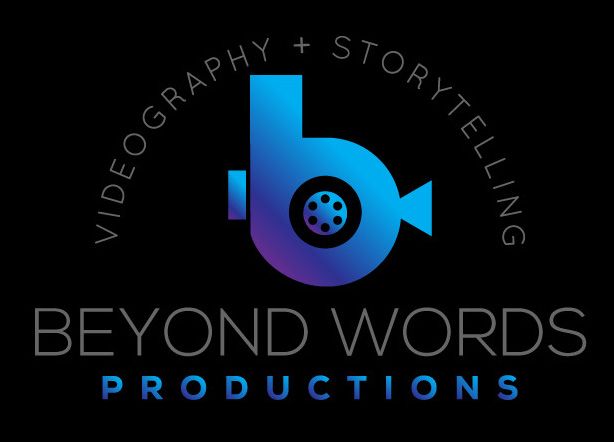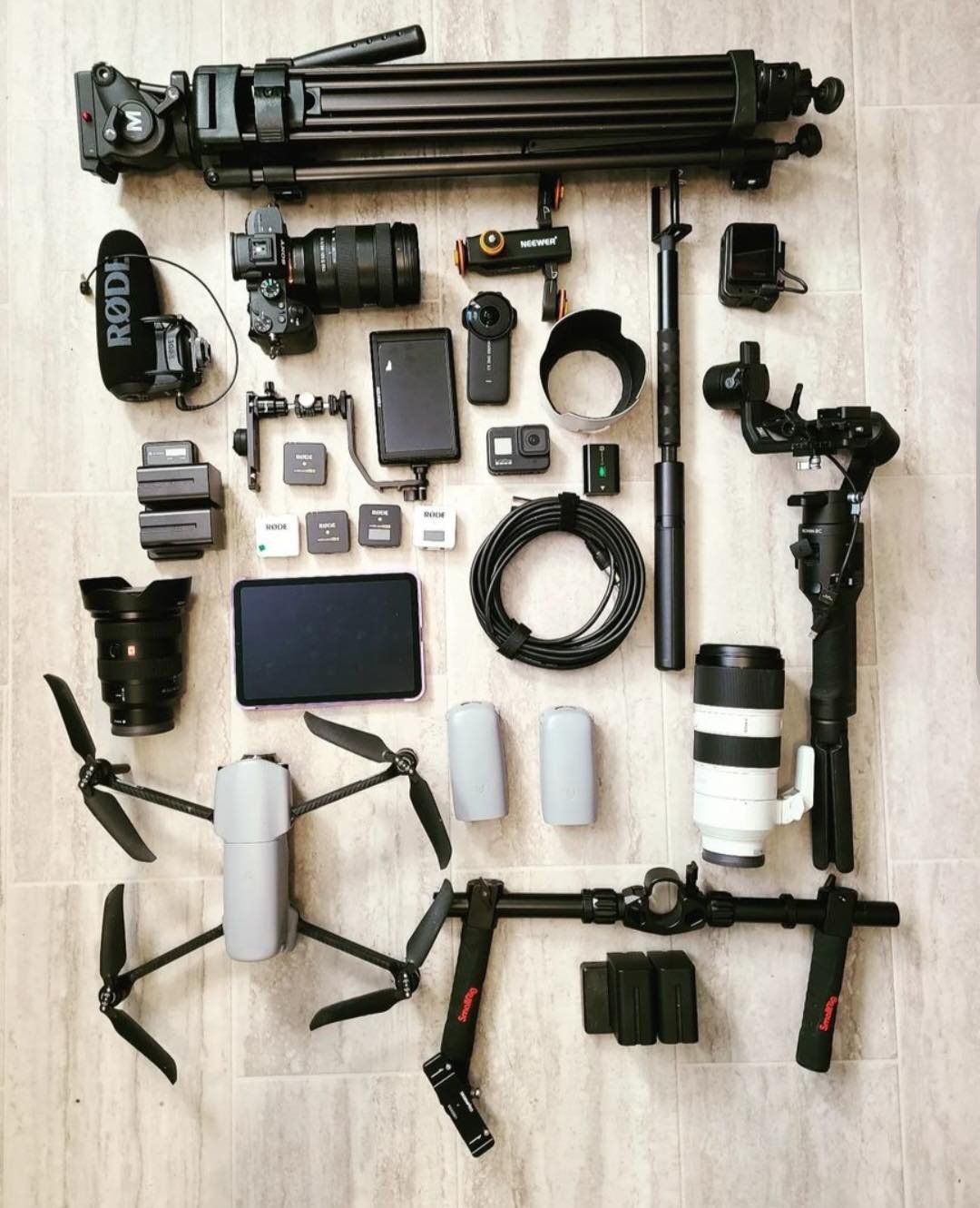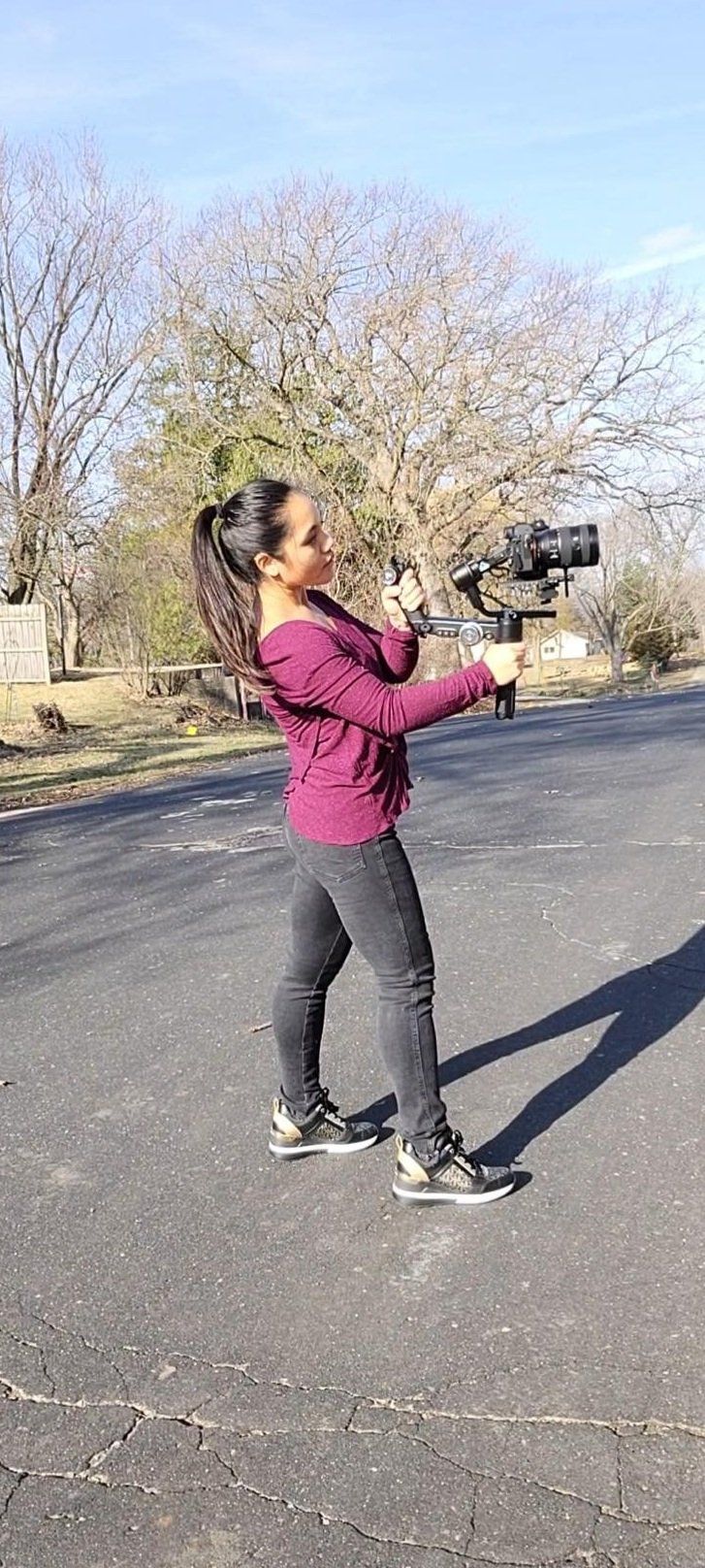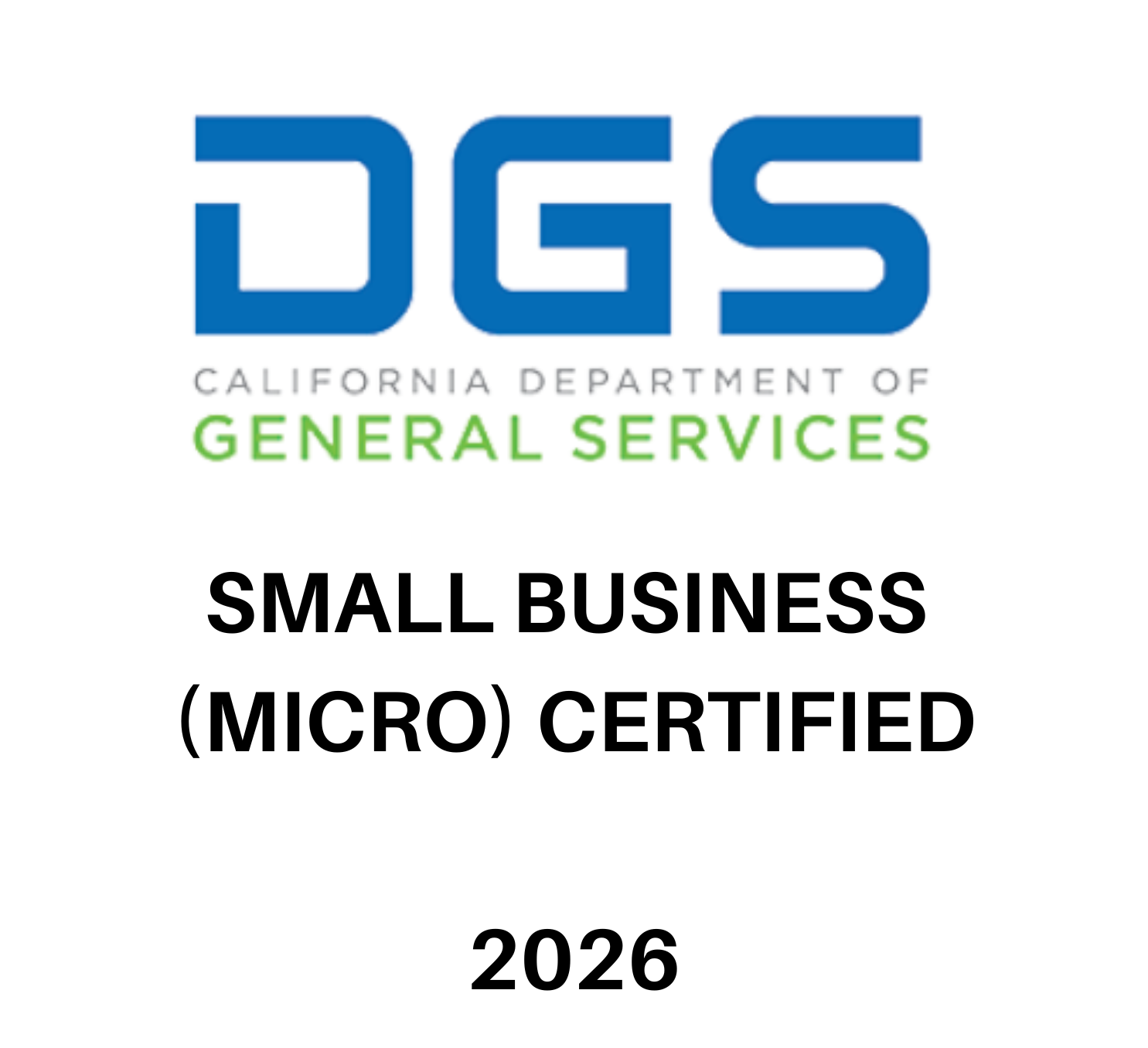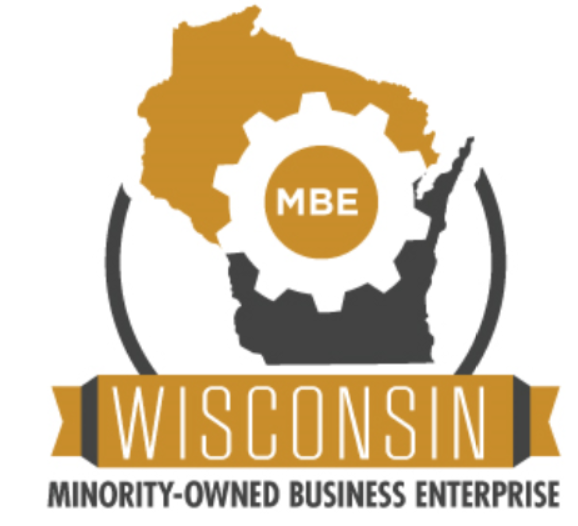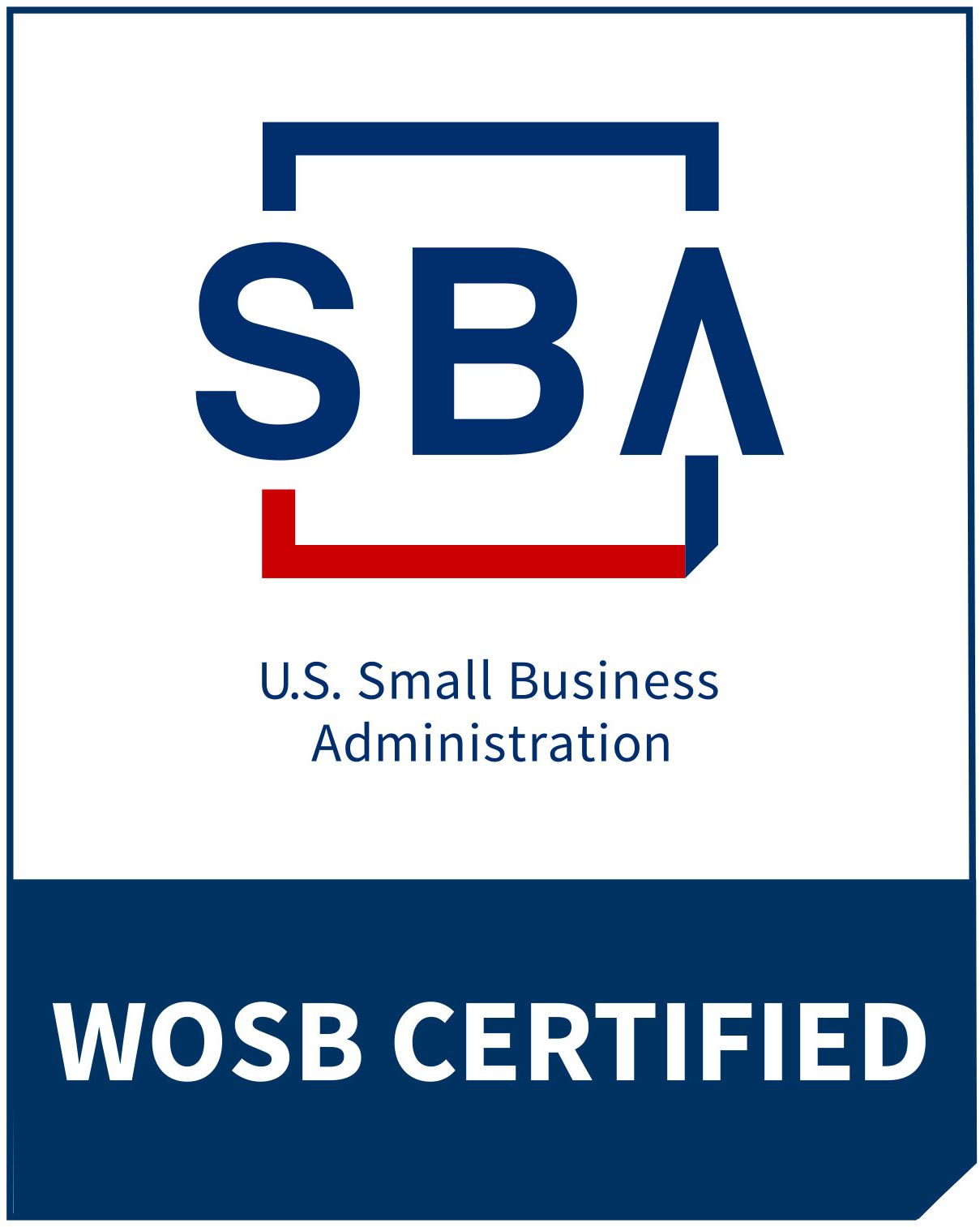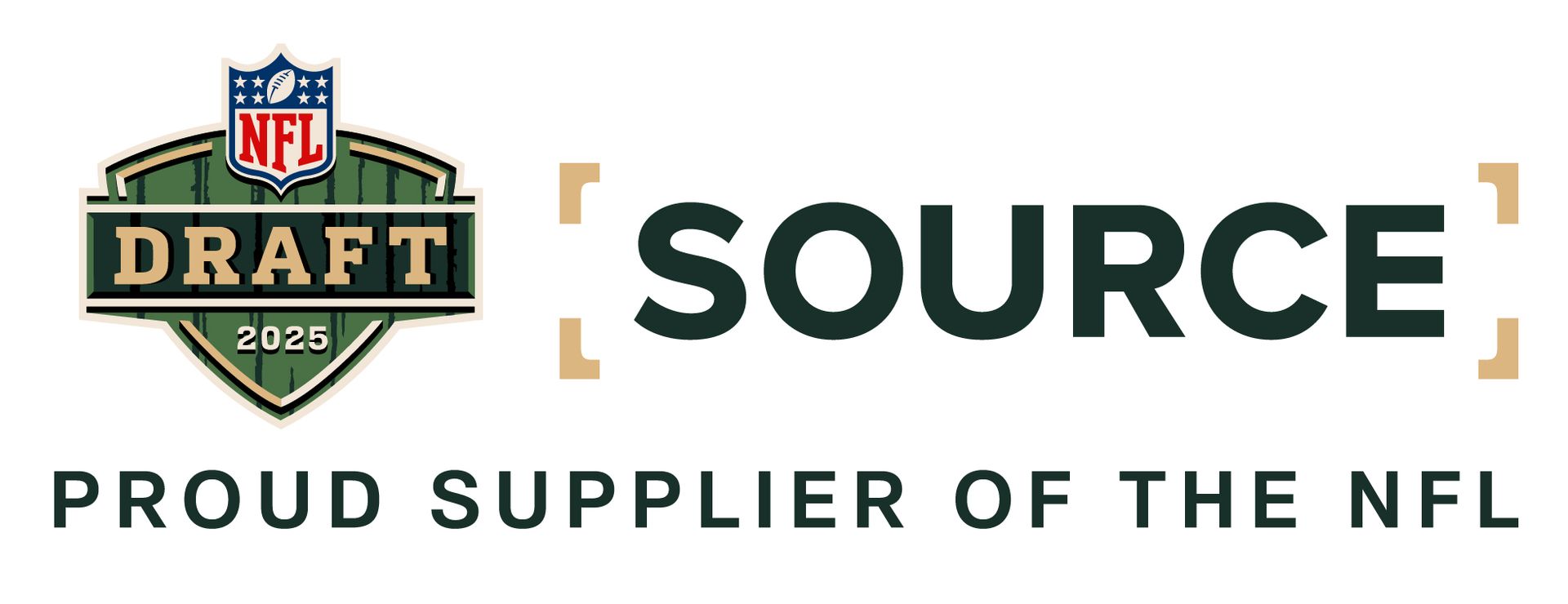How AI is Transforming Video Production

The world of video production is on the cusp of a revolution. As technology continues to quickly advance, one powerful force is taking center stage - Artificial Intelligence (AI). So how is AI changing the video production industry? And how is it used in video?
AI is fundamentally changing the way we create and consume video content. In this blog post, we'll explore the profound impact AI is having on video production.
AI-Driven Editing: The Future of Post-Production
Efficiency:
(PRO) AI-powered editing tools can analyze vast amounts of footage and select the most compelling shots, saving editors hours of manual work.
(CON) AI may not be familiar with the shots you WANT to include, whether they’re compelling or not.
Consistency:
(PRO) AI ensures that video edits remain consistent in terms of color grading, transitions, and style, maintaining a professional look throughout the production.
(CON) You may want different effects on each clip or different lighting adjustments that AI may not be able to differentiate.
Speed:
(PRO) Automated video editing can significantly reduce turnaround times, allowing for quicker delivery of content to audiences.
(CON) Humans still need to look over everything to make sure the editing was done as requested and not rushed through.
Creative Control:
(PRO) People who don’t consider themselves to be creative will love the power of AI creating something magical that they might not have come up with themselves.
(CON) Some videographers worry about losing creative control over their projects.
Learning Curve:
(PRO) It’s always a good idea for anyone in any industry to keep up with changing times. Learning to use and master the powers of AI could be beneficial to the business as a whole to meet the growing demands of society.
(CON) Implementing AI editing tools requires learning new software, which can be a challenge for traditional editors.
AI-Enhanced Visual Effects and Animation
Pros:
- Realism: AI can generate stunning visual effects and animations that appear more realistic than ever before.
- Cost-Efficiency: Creating CGI and VFX through AI can be more cost-effective than traditional methods.
- Time-Saving: AI can accelerate the process of rendering complex visual effects, reducing production time.
Cons:
- Initial Investment: Acquiring and implementing AI-driven VFX tools can be expensive for smaller studios.
- Artistic Quality: Some may argue that AI-generated effects lack the nuanced touch that human artists can provide.
Personalized Content Creation with AI
Pros:
- Audience Engagement: AI algorithms can analyze viewer preferences and create personalized video content that resonates with specific demographics.
- Content Scaling: AI can generate variations of videos tailored to different platforms and audiences, increasing reach.
- Data-Driven Decisions: AI provides valuable insights into audience behavior, helping creators refine their content strategies.
Cons:
- Privacy Concerns: Collecting and utilizing user data for personalized content raises ethical and privacy issues.
- Overreliance: Relying solely on AI for content creation may lead to a lack of creativity and diversity in video content.
The impact of AI on video production is undeniable, and uncertain in terms of just how advanced this technology could be in several years. People are already astounded by the things it can do now. While it's essential to embrace these advancements, it's equally crucial to strike a balance between AI-driven automation and the human touch that makes each video unique.
Will AI replace videographers? As with many AI platforms now, it’s imperative to still have a real human being as the middle person to filter everything through. AI is a machine and form of technology that was birthed by humans. Because humans are imperfect, so is our technology. While the evolution of AI can be exciting and a faster way to get things done, we still need that human element that a machine simply cannot provide.

Madison: 608-620-5017 | Sacramento: 916-698-2931 | Email: jamie@beyondwordsproductions.com
Business Hours:
- Mon - Fri
- -
- Sat - Sun
- Closed
